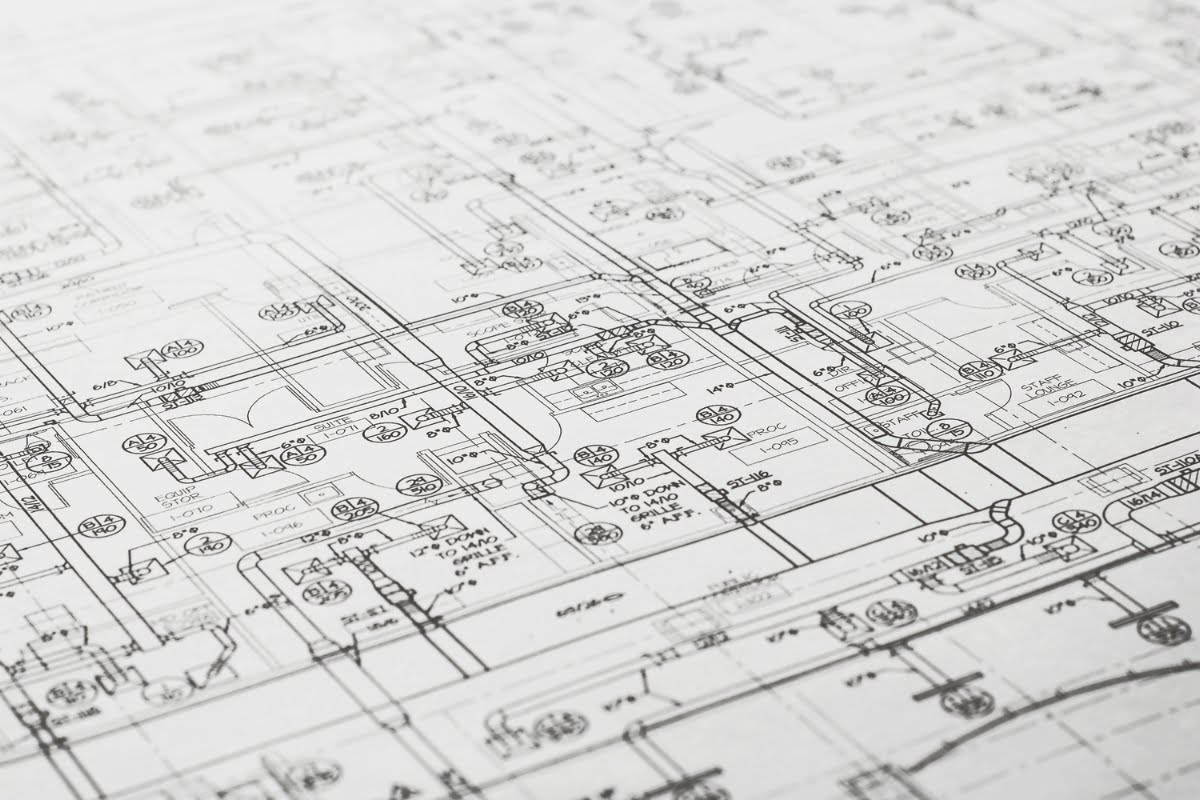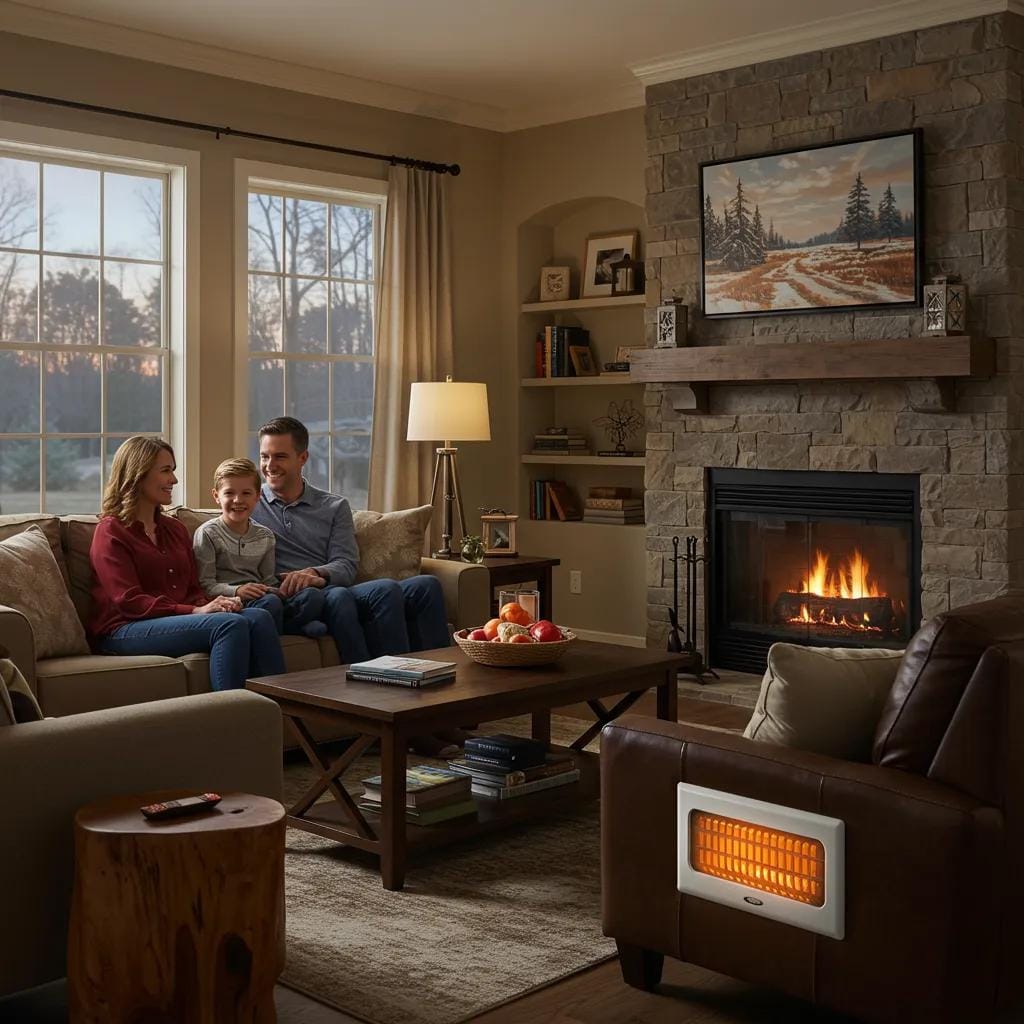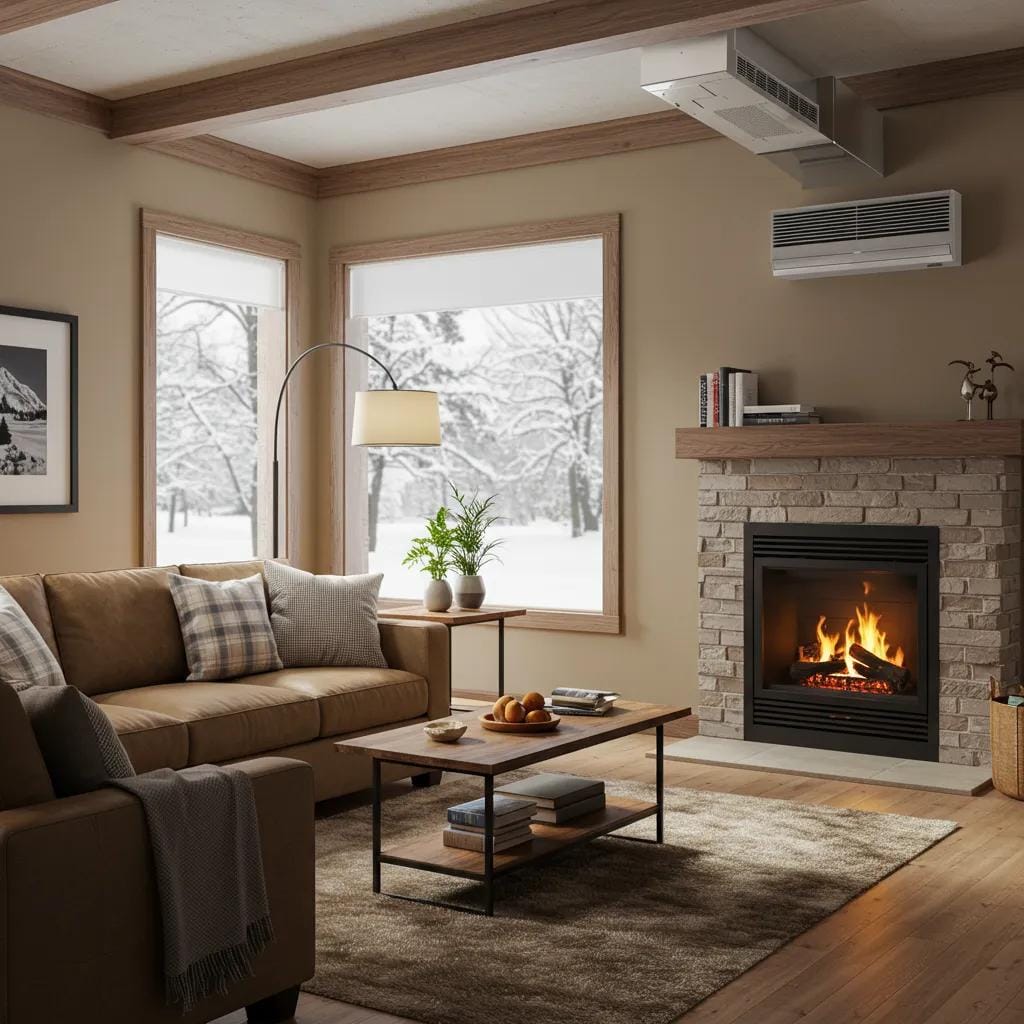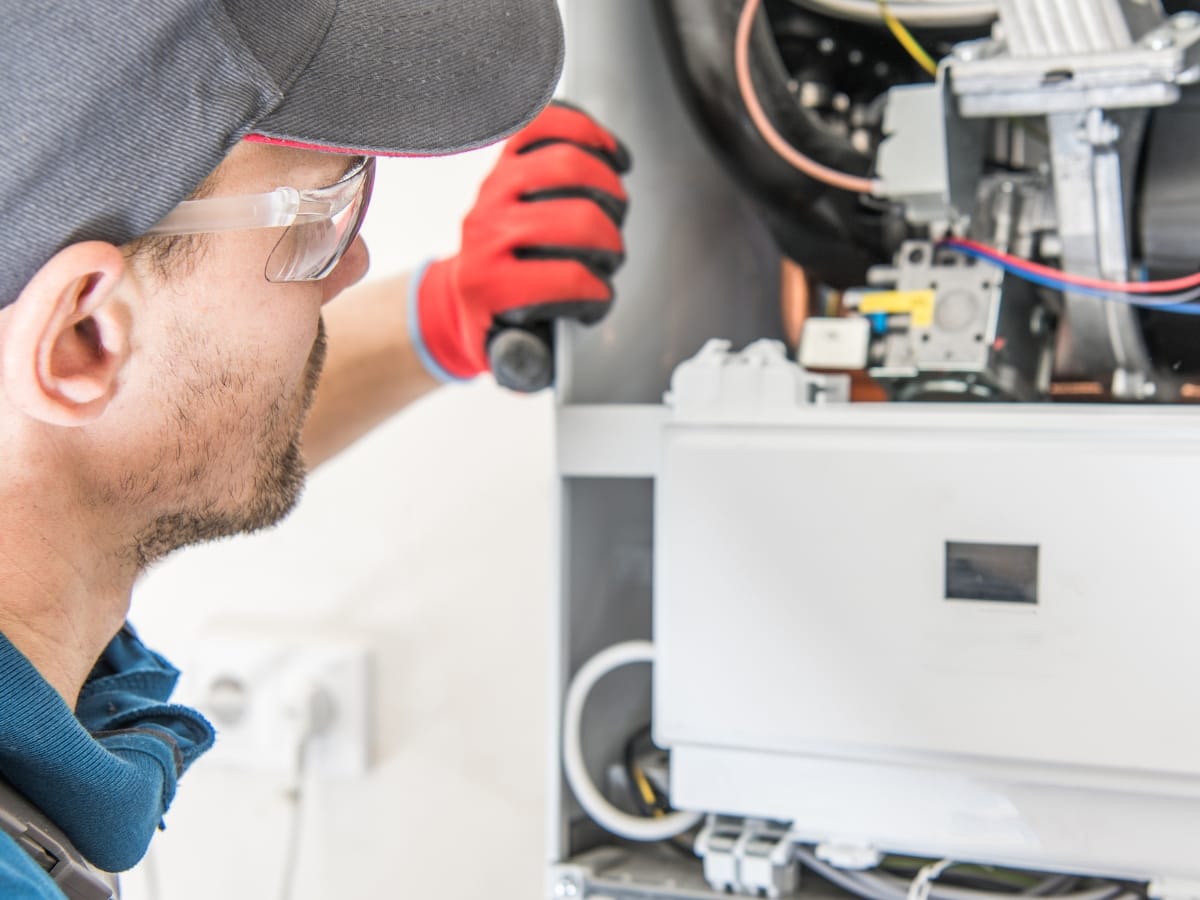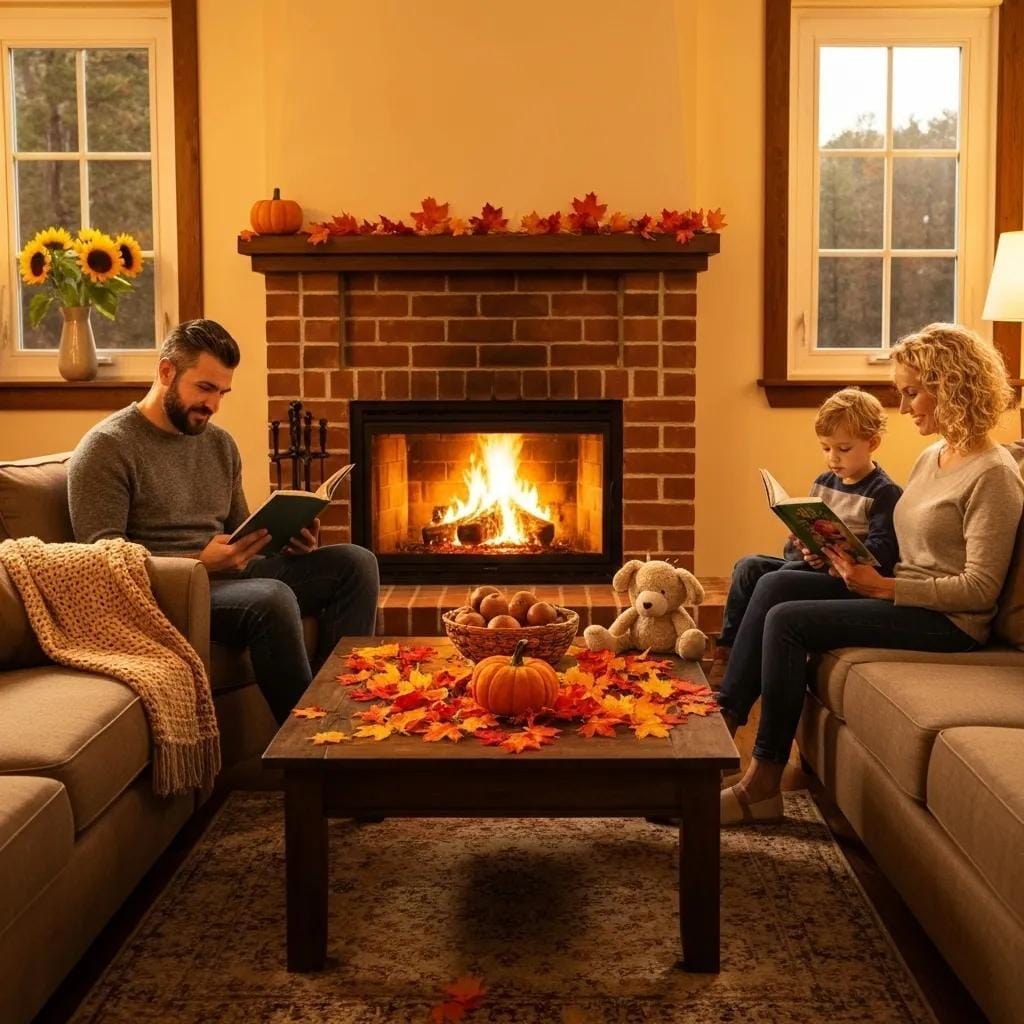In today’s energy-conscious world, smart HVAC planning is essential for maximizing comfort while minimizing energy costs. Integrating advanced technologies and strategic planning into your HVAC system can significantly enhance its efficiency, leading to lower utility bills and a more comfortable indoor environment.
In this guide, we’ll explore practical tips and innovative solutions for smart HVAC plans, from selecting energy-efficient systems and utilizing programmable thermostats to optimizing insulation and performing regular maintenance.
Whether you’re designing a new system or upgrading an existing one, discover how thoughtful HVAC floor planning can create a comfortable, cost-effective, and environmentally friendly space. Get ready to maximize your comfort and cut energy costs today with smart HVAC strategies.
Are You Maximizing Efficiency? Discover the Power of a Strategic HVAC and Floor Plan
Understanding the Importance of a Smart HVAC Systems Plan
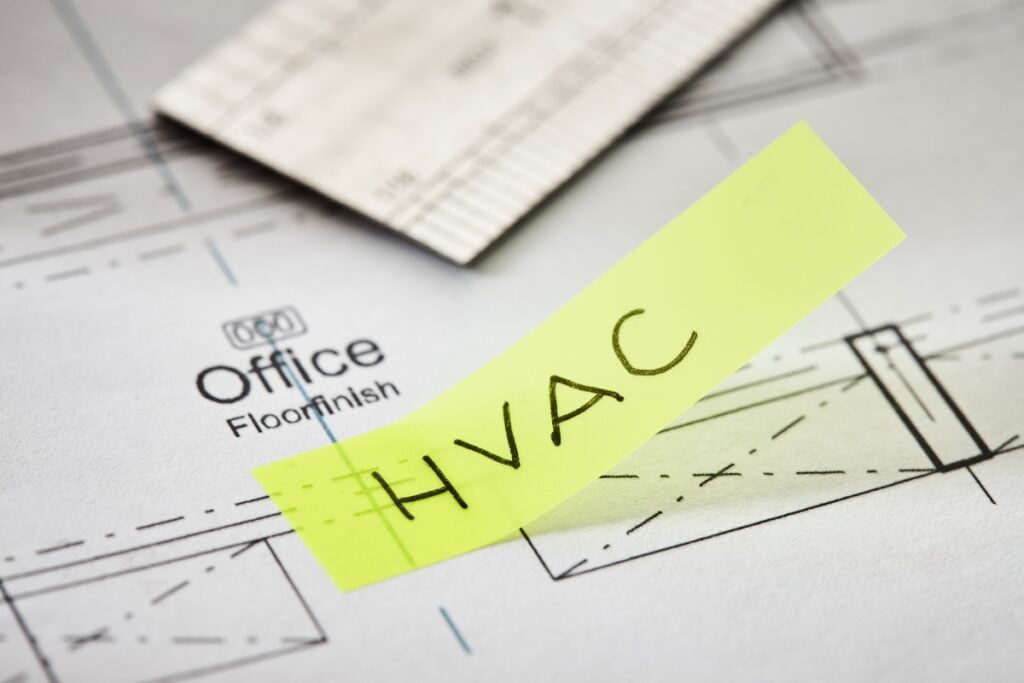
When it comes to HVAC layouting, many homeowners underestimate its significance. They assume that as long as they have a functioning heating and cooling system, everything will be fine. However, taking a haphazard approach to HVAC can lead to a host of problems, including inefficient energy usage and discomfort in your home.
A Smart HVAC plan layout is essential because it allows you to create an environment that is both comfortable and energy-efficient. By carefully considering factors such as the size of your HVAC system, insulation levels, and ventilation, you can optimize your home’s climate control while minimizing energy waste.
One of the key benefits you enjoy when you create HVAC plans is improved energy efficiency. When your system is properly sized for your home’s needs, it doesn’t have to work overtime to maintain the desired temperature. This not only reduces wear and tear on the equipment but also lowers your energy bills.
In addition to cost savings, an apartment HVAC plan also enhances comfort. By ensuring that each room receives adequate heating or cooling based on its usage patterns and occupancy, you can eliminate hot or cold spots in your home. This level of control allows everyone in your household to enjoy optimal comfort throughout the year.
Selecting the Right-Sized HVAC System for Your Home
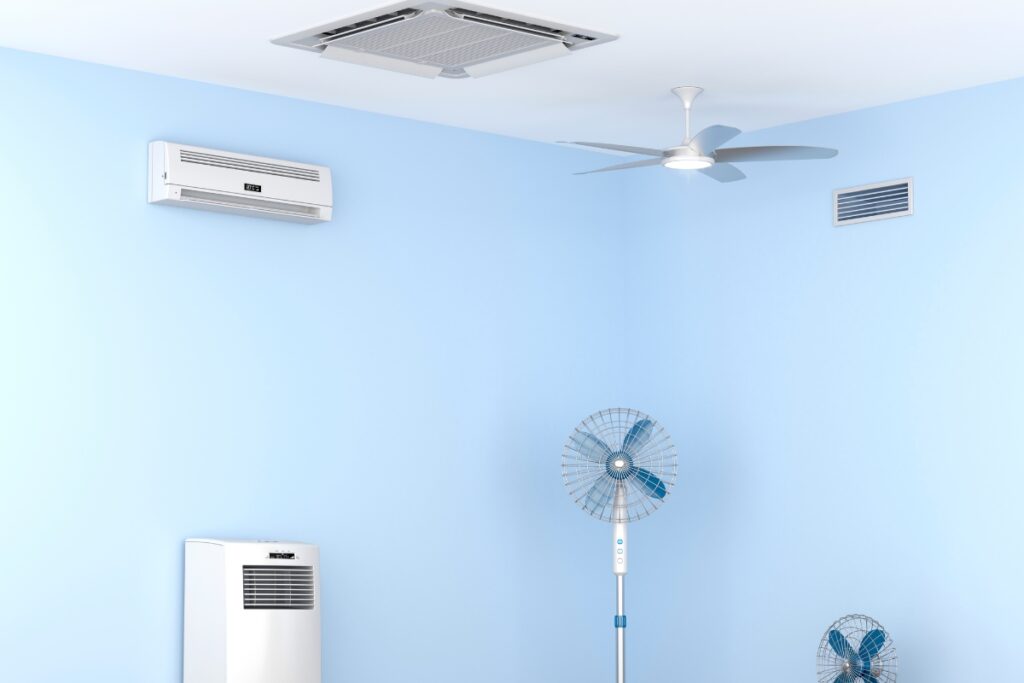
One of the most critical aspects of smart HVAC layouting is selecting the right-sized system for your home. A system that is too small will struggle to keep up with demand, leading to inadequate heating or cooling. On the other hand, an oversized system will cycle on and off frequently, wasting energy and causing temperature fluctuations.
To determine the appropriate size for your HVAC system, it’s important to consider factors such as square footage, insulation levels, number of windows, ceiling height, and even geographical location. Consulting with a professional HVAC contractor can help you accurately assess your home’s needs and choose the right-sized system.
Remember, bigger is not always better when it comes to HVAC systems. Investing in a system that is properly sized for your home will ensure optimal performance, energy efficiency, and longevity.
Improving Insulation for Enhanced Energy Efficiency
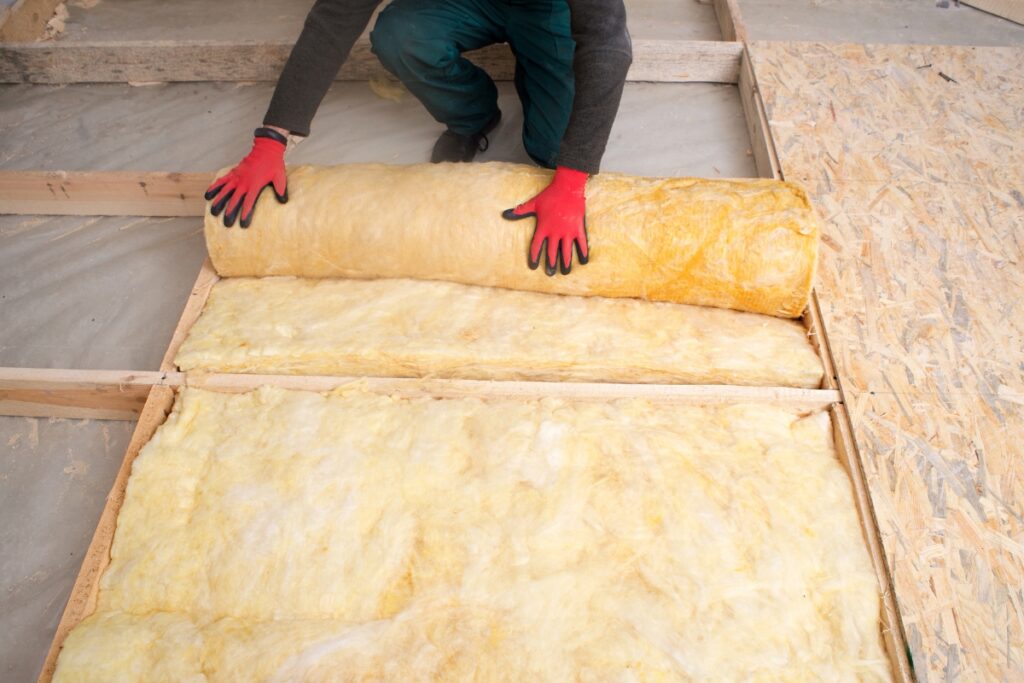
When it comes to energy efficiency, insulation plays a crucial role. Proper insulation helps to minimize heat transfer between the interior and exterior of your home, reducing the workload on your HVAC system.
If your home lacks sufficient insulation, you may be losing conditioned air through walls, ceilings, floors, and even windows. This means that your HVAC system has to work harder to compensate for the heat gain or loss. By improving insulation levels in key areas of your home, such as the attic or crawl spaces, you can significantly reduce energy waste.
There are various types of insulation available, including fiberglass batts, blown-in cellulose or fiberglass, and spray foam. The choice of insulation material depends on factors such as cost-effectiveness and R-value (a measure of thermal resistance). Consulting with an insulation professional can help you determine the best options for your specific needs.
Setting Programmable Thermostats for Optimal Comfort and Savings
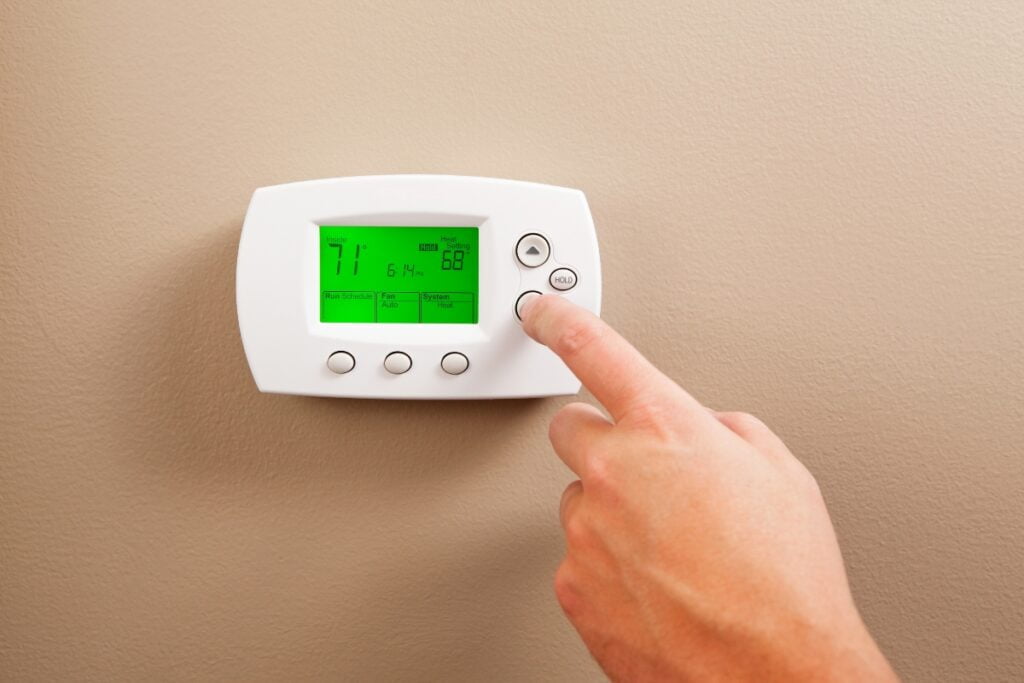
Gone are the days of manually adjusting thermostats multiple times a day. With programmable thermostats now widely available, homeowners have greater control over their HVAC systems’ operation.
A programmable thermostat allows you to set different temperature schedules based on occupancy patterns. For example, you can program it to lower the temperature when everyone is away during the day and raise it just before everyone returns home. This ensures that energy is not wasted on heating or cooling an empty house.
By utilizing programmable thermostats, you can achieve optimal comfort when you need it while reducing energy consumption during periods of low demand. This level of control translates into significant cost savings over time.
Implementing Zoning Systems for Targeted Heating and Cooling

One-size-fits-all approaches rarely work when it comes to HVAC systems. Different areas of your home may have varying heating and cooling needs based on factors such as sun exposure, occupancy, and personal preferences.
Implementing zoning systems allows you to divide your home into different zones that can be independently controlled. This means that you can set different temperatures for each zone based on its specific requirements. For example, you can keep the bedrooms cooler at night while reducing heating or cooling in unoccupied areas during the day.
Zoning systems not only enhance comfort by providing personalized temperature control but also contribute to energy savings by avoiding unnecessary conditioning of unused spaces. By directing airflow only where it’s needed, you can optimize your HVAC system’s performance and reduce energy waste.
Enhancing Indoor Air Quality through Proper Ventilation
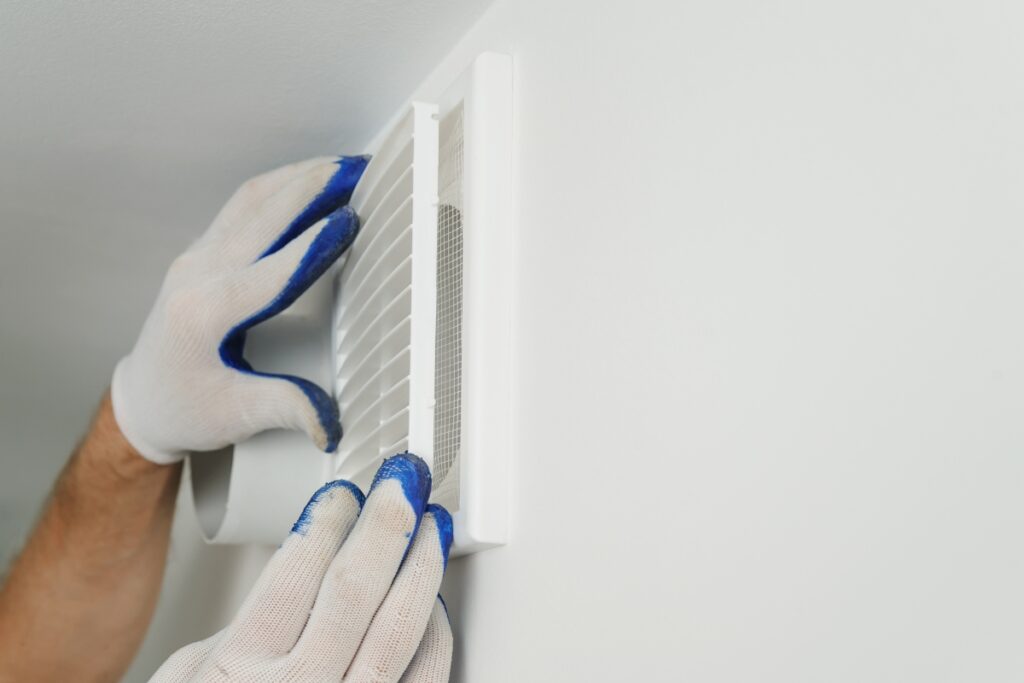
While temperature control is a crucial aspect of HVAC layouting, indoor air quality should not be overlooked. Poor ventilation can lead to a buildup of pollutants, allergens, and even excess humidity in your home.
Proper ventilation helps to remove stale air and introduce fresh outdoor air into your living spaces. This exchange helps dilute indoor pollutants and maintains a healthy indoor environment.
In addition to improving air quality, proper ventilation also plays a role in moisture control. Excessive humidity levels can lead to mold growth and damage to your home’s structure.
By implementing strategies such as mechanical ventilation or using exhaust fans in high-moisture areas like bathrooms and kitchens, you can maintain optimal indoor air quality while preventing moisture-related issues.
Regular Maintenance: Key to Prolonging HVAC System Lifespan
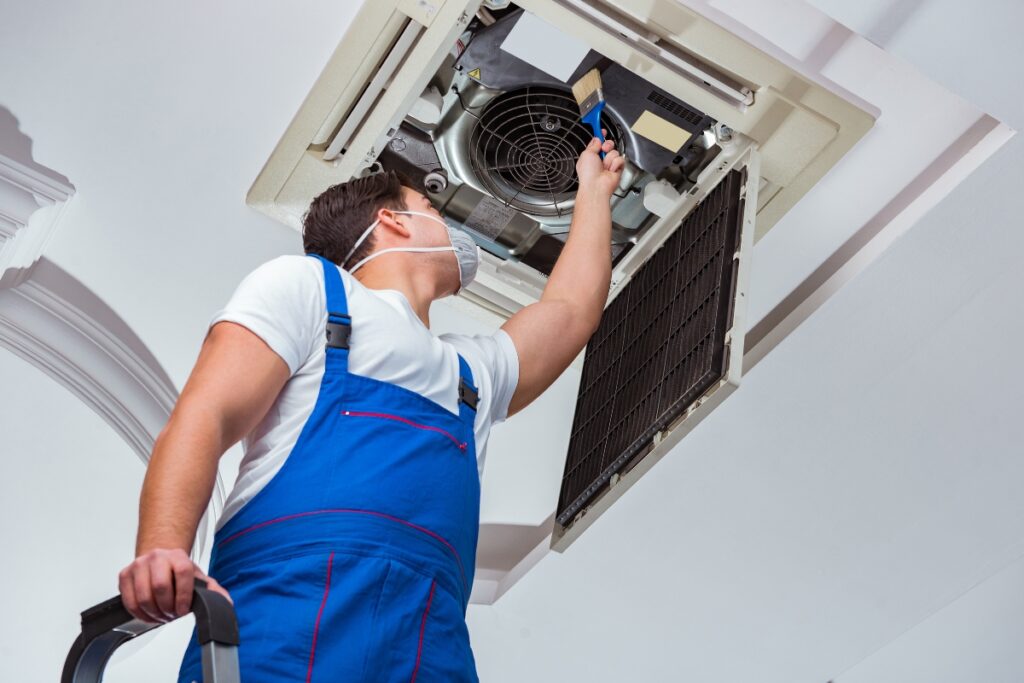
Just like any other mechanical system, regular maintenance is crucial for the longevity and optimal performance of your HVAC system. Neglecting maintenance can lead to reduced efficiency, increased energy consumption, and even premature system failure.
Some essential maintenance tasks include cleaning or replacing air filters regularly, inspecting and cleaning ductwork, lubricating moving parts, checking refrigerant levels, and ensuring proper airflow. It’s recommended to schedule professional HVAC maintenance at least once a year to address any potential issues and keep your system running smoothly.
By investing in regular maintenance, you not only prolong the lifespan of your HVAC system but also ensure that it operates at peak efficiency. This translates into energy savings and a comfortable indoor environment year-round.
Integrating Smart Technology for Remote Monitoring and Control

In today’s digital age, smart technology has revolutionized various aspects of our lives, including HVAC systems. By integrating smart thermostats or home automation systems into your HVAC setup, you can enjoy unprecedented control over your home’s climate.
Smart thermostats allow you to monitor and adjust temperature settings remotely using your smartphone or other connected devices. This means that you can make changes on the go or even set up automated schedules based on your preferences.
In addition to remote control capabilities, smart technology also provides valuable insights into your energy usage patterns. By analyzing this data, you can identify opportunities for further optimization and fine-tuning of your HVAC system.
Exploring Renewable Energy Options for Sustainable HVAC Solutions

In recent years, there has been a growing emphasis on sustainable living and reducing our carbon footprint. When it comes to HVAC fixtures, exploring renewable energy options can be a game-changer in terms of both environmental impact and long-term cost savings.
Renewable energy sources such as solar power can be harnessed to provide electricity for your HVAC system. By installing solar panels on your roof, you can generate clean energy that powers your heating and cooling needs. This not only reduces reliance on fossil fuels but also lowers your energy bills over time.
While the upfront costs of renewable energy systems may be higher, the long-term benefits make them a worthwhile investment. Additionally, there may be government incentives or tax credits available to offset some of the initial expenses.
Conclusion: Achieving Comfort and Cost Savings through Smart HVAC Layouts
Smart HVAC layouting is essential for maximizing comfort and cutting energy costs in your home. By incorporating these strategies into your energy-efficient HVAC systems, you can achieve optimal comfort while cutting down on energy costs – a win-win situation for both you and the environment.
Optimize your home’s comfort and reduce energy costs with smart HVAC layouts from CoolPro Heating & Cooling. Our expert team is committed to providing you with efficient, reliable HVAC solutions tailored to your needs. Submit a service request through our website or call 770-694-6232 to learn more about how we can help you maximize your comfort and savings. Choose CoolPro Heating & Cooling for all your HVAC needs and experience the benefits of smart, energy-efficient planning.

